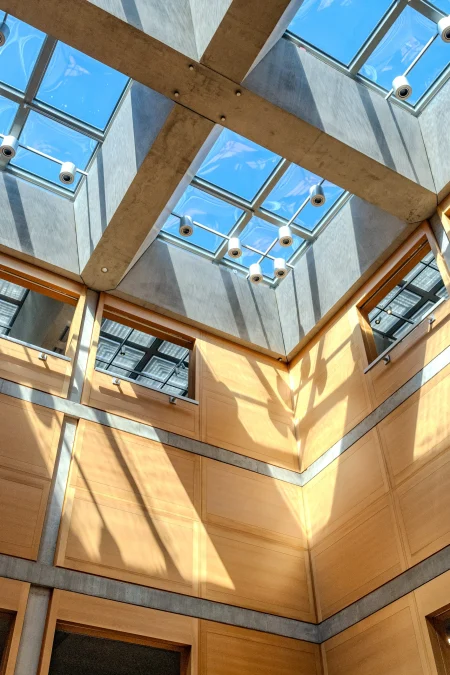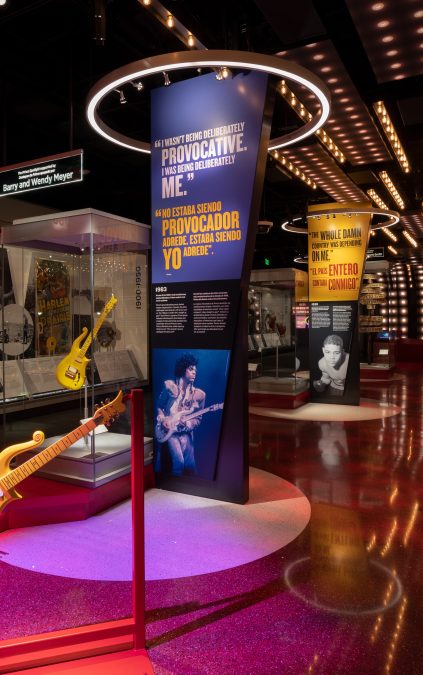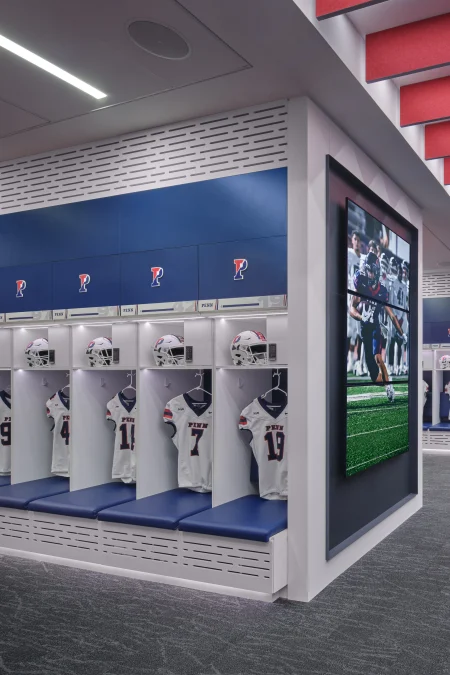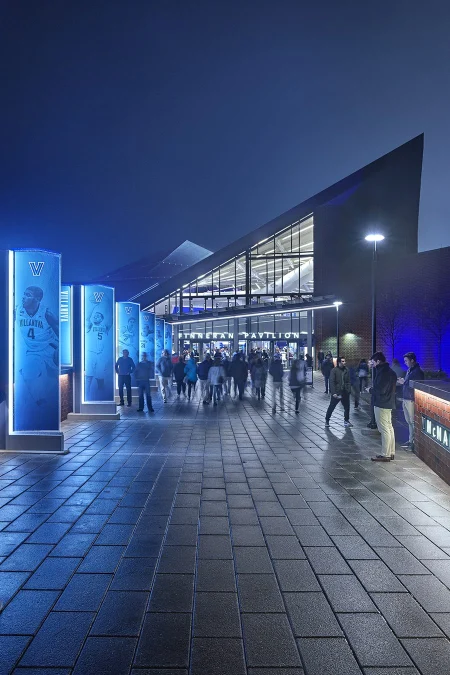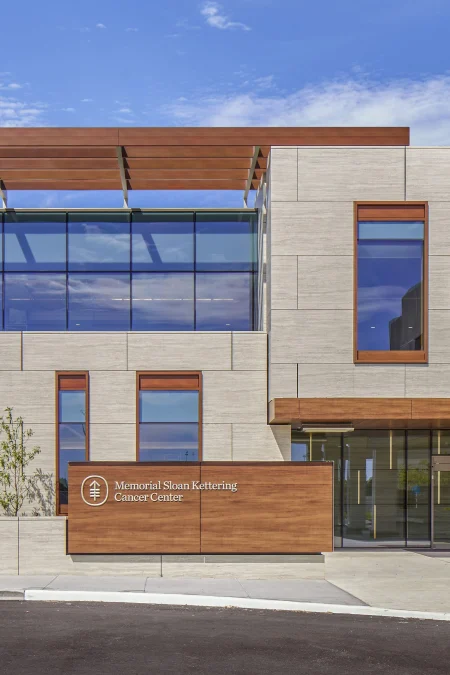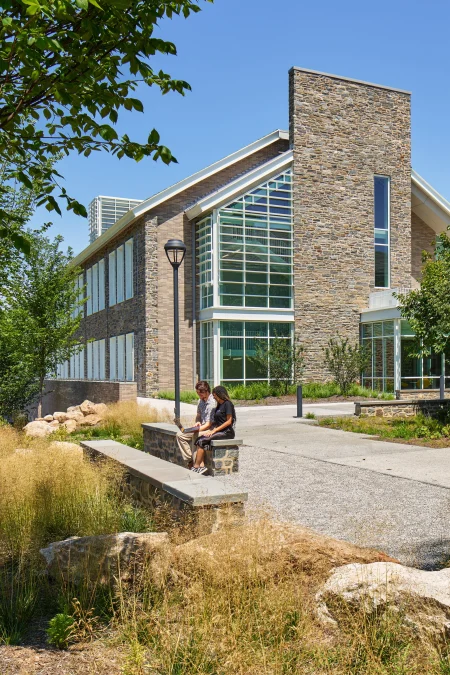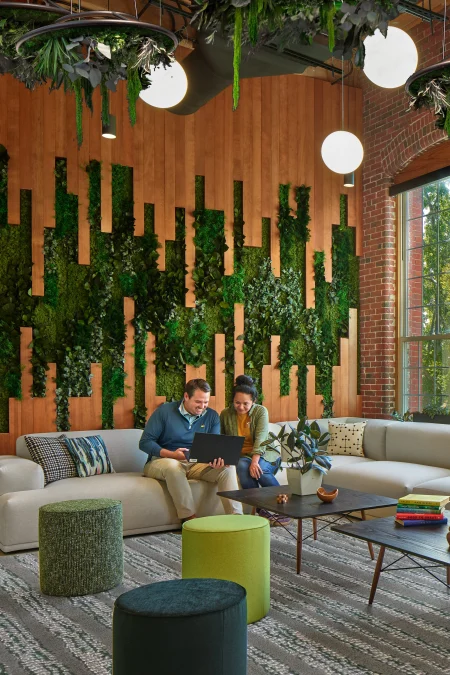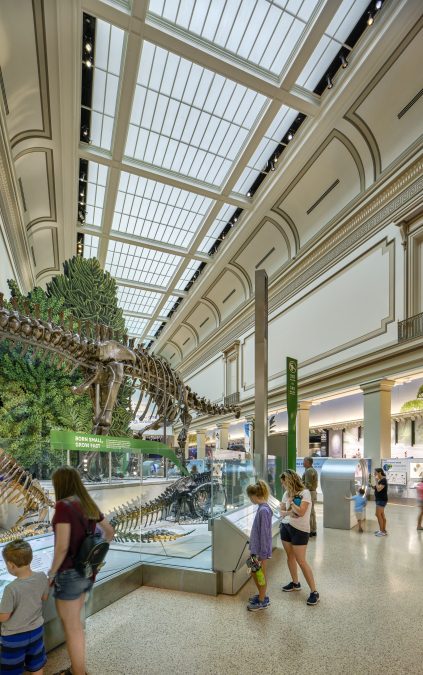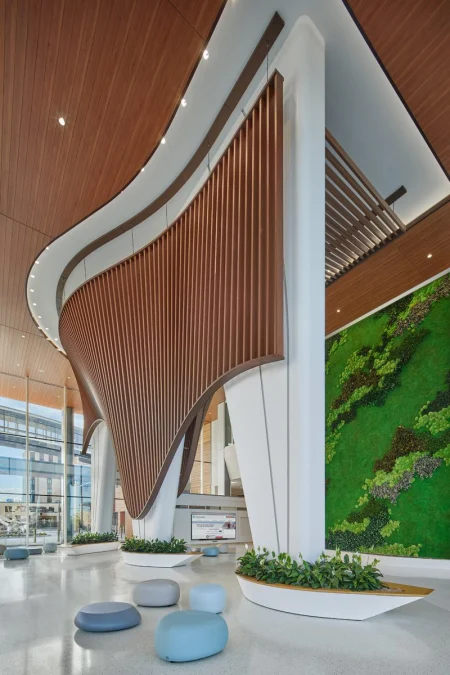Lighting Design
-
Integration of a daylighting strategy is a critical component to ensure a desirable work environment while minimizing electricity use from artificial lighting systems. We use daylight modeling software during the design process to inform the energy model and help make decisions about building interiors.
-
We take a purpose-driven approach to lighting design to meet our clients’ aesthetic and energy-saving goals. We use computer simulation modeling to optimize and assess our design solutions to produce the best possible outcome with a focus on creating an ideal sense of place and decreasing energy consumption.
-
Our integrated design team works with a broad spectrum of clients in a variety of industries. Each client is unique, and each project often brings with its own vision and perspective. Our team works directly with manufacturers to develop custom lighting fixtures that are tailormade to complete any space.
-
Design strategies that reduce or shift peak energy demand are often very attractive from a life-cycle cost standpoint, especially when the local utility rate includes high demand charges. Smart building control systems pay a critical role in managing electricity demand, reducing energy costs and minimizing the built environment’s carbon footprint. Our integrated team works with clients to create lighting systems that respond to occupancy patterns and determine a demand-controlled strategy that reduces energy costs.

Lighting Design Guide Book
Take a deeper dive into our comprehensive lighting design services.
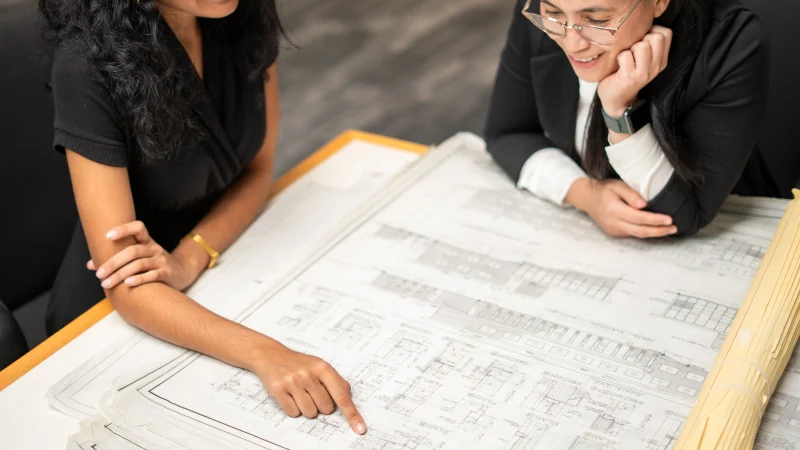
Your Next Project Starts Here
Connect with our team and discover how EwingCole’s integrated design services can support your project goals.







